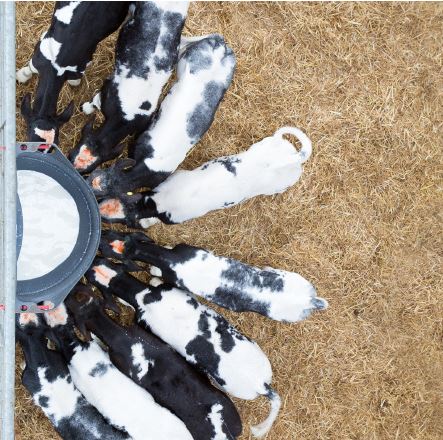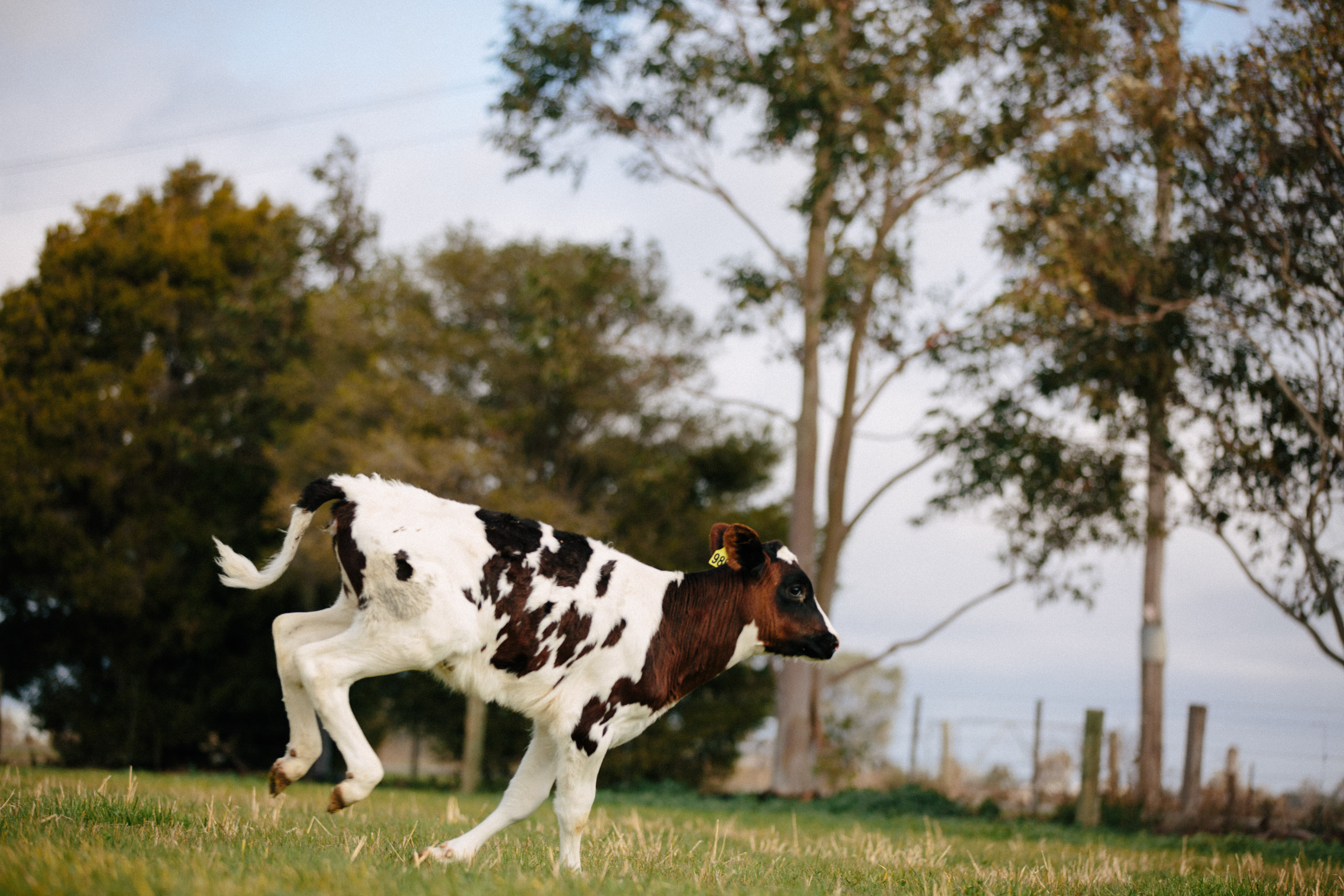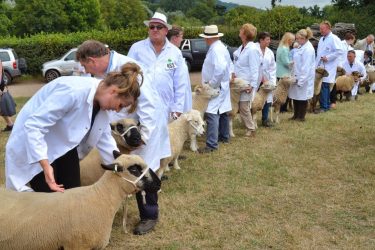Nigel Davies – At 2.75 ppl in the March 2018 national Farm Business Accounts (FBA) sample, Herd Replacement Cost (HRC) is the second largest variable cost in dairy farming, commonly accounting for 20% of total variable costs. It is typically greater than vet costs, greater than bedding, greater than semen and AI costs, and greater than forage costs. A small percentage saving in this cost can be much more significant than a larger swing in those other items, making replacement costs an area worthy of greater focus.
HRC is influenced by how many heifers you need, how many you actually rear, how efficiently they are reared and the value achieved for cull cows. AHDB data shows that the average cost to rear a heifer to calving at the national average of 27 months old is over £1,800, so there are two important questions to address.
Do you need to rear all the heifers that you do?
Do you plan how many heifers to keep? Rearing fewer will reduce total costs and also potentially allow more beef calves to be sold. Cutting the number of heifers required by reducing replacement rate will help reduce overall replacement costs. This is illustrated by the top 25% producers in the FBA sample by operating profit, who thanks to marginal improvements in fertility (calvings per 100 cows) and in herd health (deaths as a percentage of herd size) achieved a 0.28ppl efficiency gain in HRC, worth £5,011 for the average herd.

Can you rear them more effectively?
In our FBA national sample, the variable costs associated with rearing heifers to the point of calving, increased by over 17% in 2018 by comparison to 2017 as feed costs per head, vet costs per head and bedding costs per head of youngstock all increased. Costs can be reduced by calving heifers down sooner by achieving higher growth rates.
There is much producers can do to focus on the performance of their youngstock and replacements to continue to achieve efficiencies in this significant cost area
We would be happy to discuss how we can help you increase efficiency of the heifer enterprise to reduce herd replacement cost.










